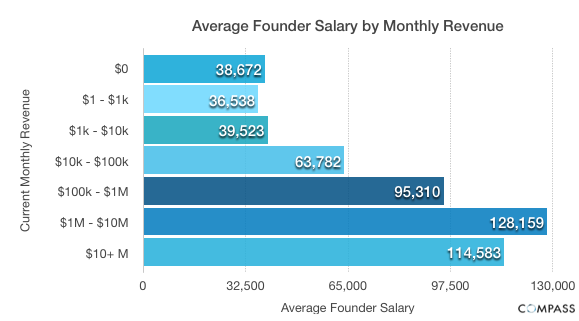Question: How do you measure whether your branding efforts are working or not? What do you look for?
Using Fresh Web Explorer
“I measure our branding efforts explicitly with Fresh Web Explorer. I use it to track every mention of our brand and branded terms across the Web, including tweets, comments, forums, blogs, etc. It helps me discover conversations I wouldn’t have otherwise noticed, and it enables me to keep a pulse on the broader reach of our marketing campaigns.”
Seeing Strangers Recognize Your Logo
“Branding is an important part in marketing because it means you’ve made a personal connection with your audience and inspired some level of longevity for your brand. It’s not just about a number, but rather the feeling you invoke in your target audience. They say that if you capture their hearts, you have them forever. You know this when strangers recognize your logo or company during conversation.”
Using Google Analytics
“We use Google Analytics to check our branded keywords and how they grow weekly, monthly, etc. It’s a good way to measure branding efforts to see how many times people are typing your brand into the search engine.”
Being Recognized
“It sounds simple, but the best way of knowing if your branding efforts are working is to ask someone to say (or spell) the name of your company. If fellow business colleagues, industry insiders or consumers can say or spell your company name correctly, then half of your battle is already won. Recognition is key to recall efforts.”
Talking to People
“If people are likely to get on the phone with you when you reach out — or better yet, if they are coming to you — then your branding efforts are working. We’ve seen a huge change in the last year of businesses coming to us instead of us reaching out because of the articles we’ve published that build credibility for our brand. “
Asking for Feedback
“We directly ask our potential business partners and customer leads how they heard about us. I’m always asking for feedback on our creative work like mailers and infographics in every business-related meeting. It helps me to keep thinking about how to improve and open the conversation to learn what branding efforts other businesses are pursuing. “
Checking Your Conversion Rates
“If your conversion rates have increased, it can mean that the same visitors who have never purchased before are now excited to get to know your product or service. Branding helps soft sell to potential customers who weren’t ready to make a purchase initially but might give your business a chance after repeated exposure. If your conversion rates go up, your branding efforts are not in vain.”
Tracking Leads
“We keep a very close eye on our metrics — particularly lead gen. If our subscribers, opt-ins and sales are increasing, we know that we’re doing a good job promoting our brand. We are particularly interested in tracking referrals from clients because we are intensely focused on providing excellent customer service. If our clients are referring friends, we know that we’re doing a great job.”
Seeing Company Growth
“We help our clients assess branding efforts through seeing increased leads, higher lead conversion rates, faster close rates, higher paying customers and overall company growth. If you aren’t hitting all four cylinders, get some outside expertise to help you!”









